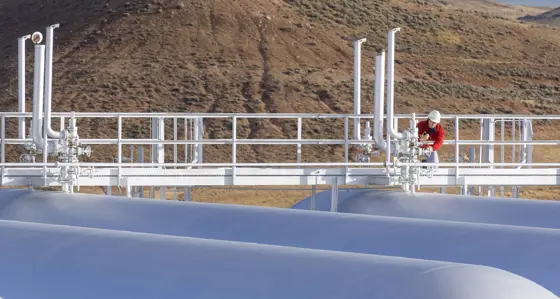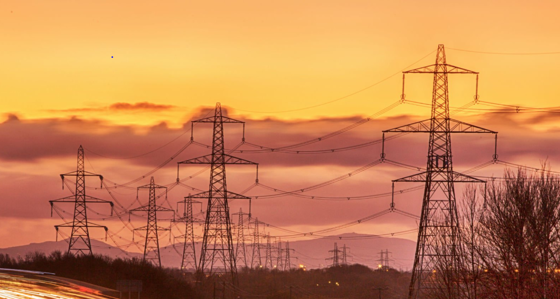
The geopolitics of hydrogen - navigating a new world order
5 September 2023
The increasing presence of hydrogen in global energy flows has the power to reshape geopolitical gynamics, energy policy and foreign affairs priorities.
This is the second installment of Baringa's two-part report on the geopolitics of hydrogen. Our experts set out how the initial endowments of different geopolitical groups will shape their hydrogen strategy and competitive advantage.
Five key trends:
- The global energy map will be fundamentally changed with new geopolitical groupings influenced by a country’s natural resource availability, existing leverage,
competitive advantage and relationships. - Existing energy superpowers diversify their commodities exports to avoid being displaced by new players and to secure continued economic opportunities for their economies. They can count on leveraging their existing market advantage and resources.
- New energy exporters must act quickly to enter the growing market and compete with existing exporters. This requires policy innovation, grid decarbonisation and major infrastructure investment.
- Net energy importers’ policy towards hydrogen emphasises security of supply and diversification of imports, with great associated infrastructure. Particular attention is given to decarbonisation costs to avoid deindustrialisation as a result of prolonged high energy prices.
- Major economic and energy superpowers seek to increasingly dominate the supply chain of hydrogen equipment and secure critical raw materials, striving towards domestic energy security and new avenues of geopolitical influence.
Our Experts


Related Insights

The geopolitics of hydrogen - a new world order
The first installment of our geopolitics in hydrogen report.
Read more
Texas - the hydrogen export powerhouse of the future
Texas is positioning itself as a global leader in hydrogen exports, which offers transformative opportunities to repurpose existing storage, transport and export infrastructure throughout the state, and in particular on the Gulf Coast.
Read more
Hydrogen
Discover insights into hydrogen as an energy vector in a net-zero future from our experts and clients.
Read more
Energy and Resources
We help our clients deliver the energy transition by shaping their decarbonisation strategy, securing their energy needs and investing in future technologies
Read moreIs digital and AI delivering what your business needs?
Digital and AI can solve your toughest challenges and elevate your business performance. But success isn’t always straightforward. Where can you unlock opportunity? And what does it take to set the foundation for lasting success?